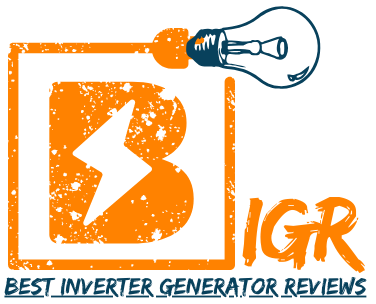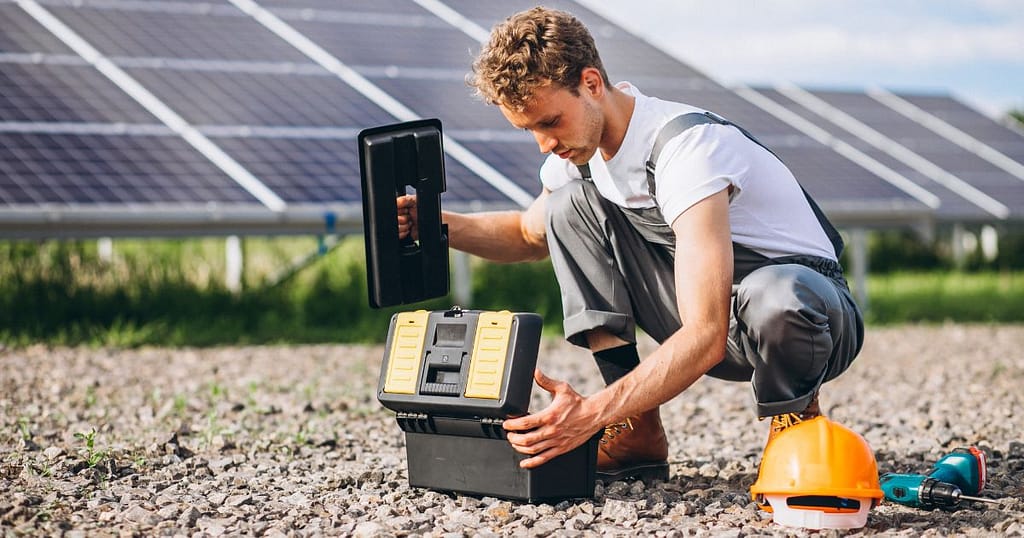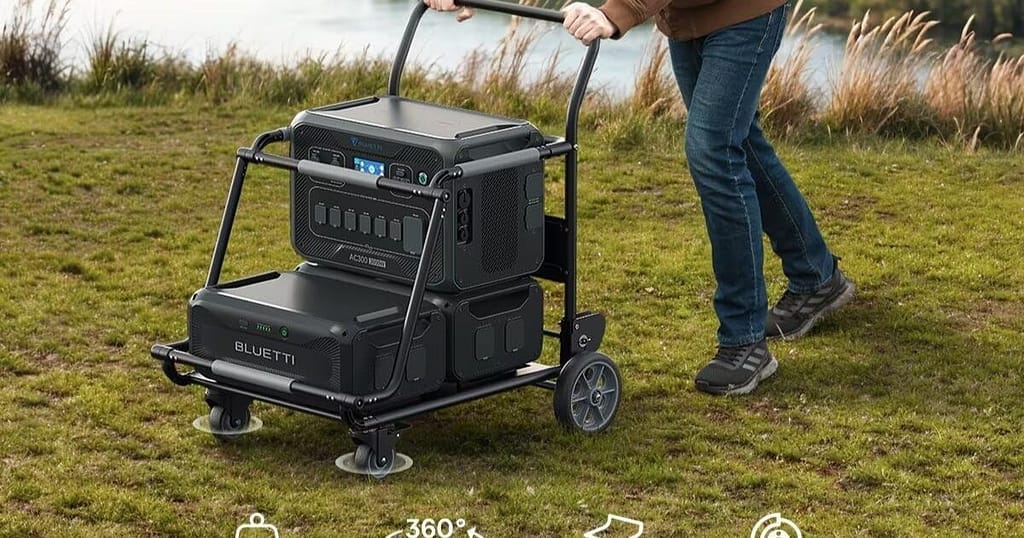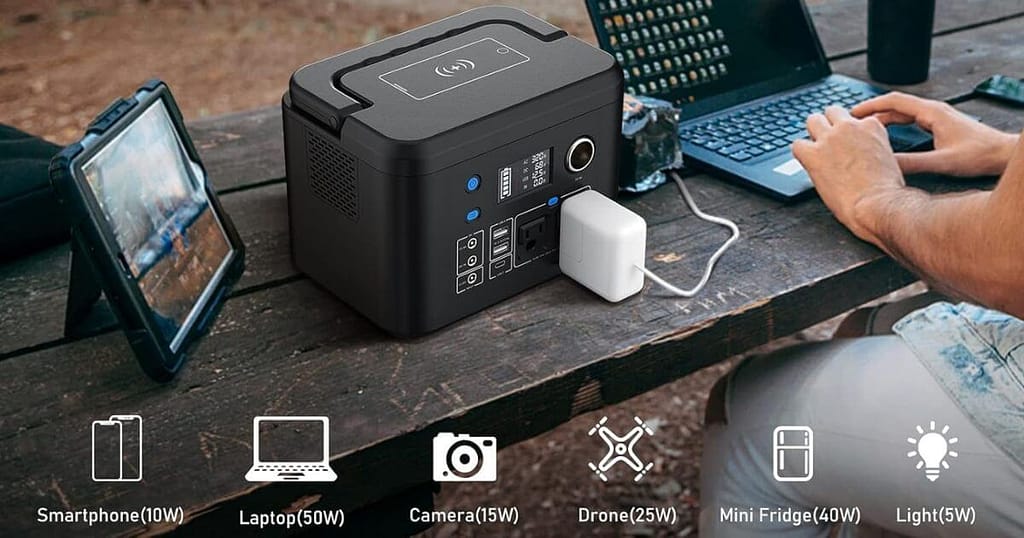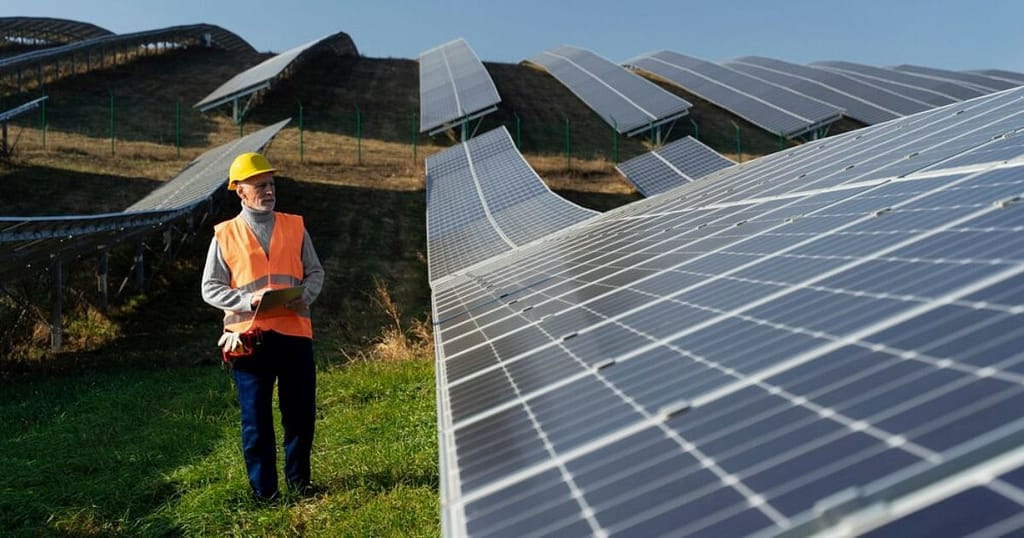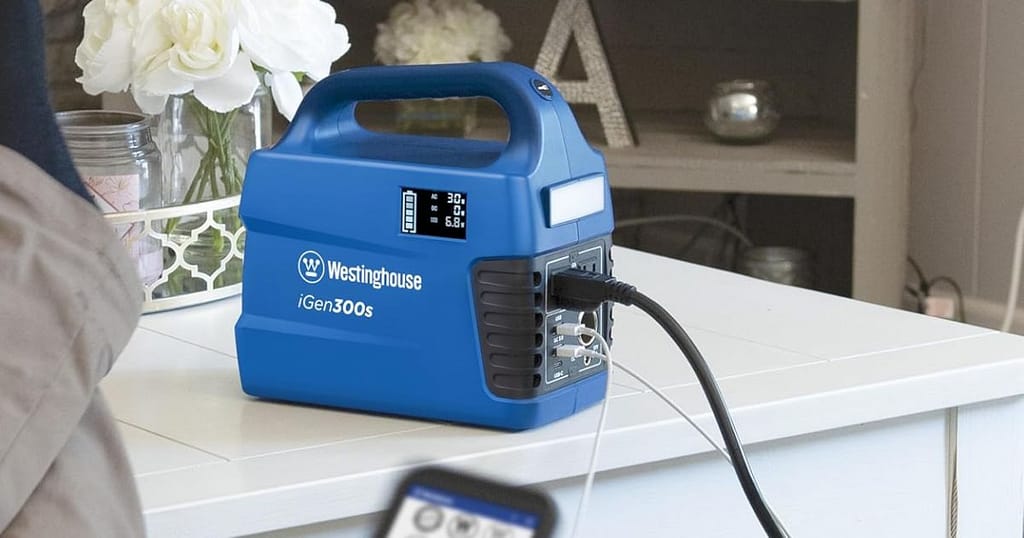Solar generators have become increasingly popular in recent years due to their versatility, portability, and ability to provide renewable energy. However, even with the best solar generator on the market, you may experience some issues with charging. In this post, we’ll discuss why your solar generator may not be charging and what you can do to fix it.
Why Your Solar Generator Won’t Charge?
1: Poor sunlight exposure
Poor sunlight exposure is a significant factor that affects the performance of solar generators. The amount of sunlight available affects the efficiency of the solar panels in converting solar energy into electrical energy. The following are some deep and well-researched details on poor sunlight exposure and its impact on solar generators:
- Cloudy Weather: Cloudy weather can significantly reduce the amount of sunlight that reaches the solar panels. Even on cloudy days, solar panels can still generate some electricity, but the output is typically much lower than on sunny days. This means that solar generators may take longer to charge or may not be able to charge at all in cloudy weather. According to a study by the National Renewable Energy Laboratory (NREL), a heavily overcast day can reduce the power output of a solar panel by 80% or more.
- Improper Placement of Panels: The placement of solar panels is critical to their performance. If panels are not placed in an area with enough sunlight exposure, they will not be able to generate the maximum amount of electricity. For example, if the panels are installed in an area that is shaded for part of the day, their power output will be reduced. To avoid this problem, solar panels should be installed in an area that receives maximum sunlight exposure throughout the day. Additionally, panels should be tilted at an angle that optimizes their exposure to the sun.
- Obstructions: Obstructions such as trees, buildings, or other structures can cast shadows on the solar panels and reduce their exposure to sunlight. This can significantly affect the output of the solar generator. Trees or buildings that cast shadows on the panels during peak sunlight hours can reduce the generator’s power output by up to 50%. This means that it will take much longer to charge the generator, or it may not charge at all.
2: Damaged solar panels
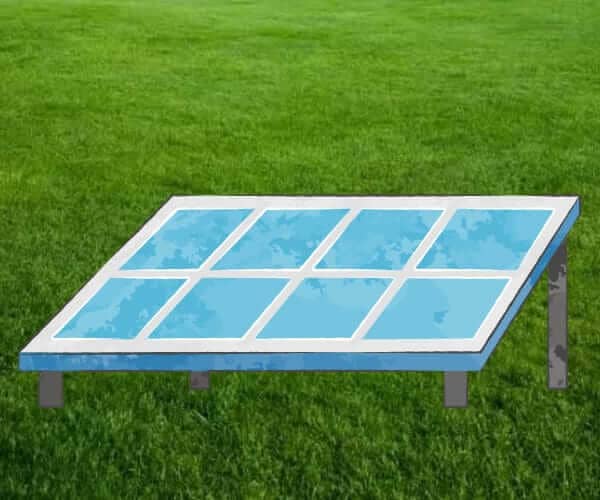
Damaged solar panels are one of the most common reasons why solar generators may fail to charge. This issue can arise due to various reasons, including natural wear and tear or accidental damage. The following are some deep and well-researched details on damaged solar panels and their impact on solar generators:
- Physical Damage: Physical damage to the solar panels is one of the most common causes of solar panel failure. Damage can be caused by a variety of factors, including hail, wind, falling debris, and other extreme weather conditions. Even minor damage, such as cracks or scratches, can significantly impact the panel’s performance, reducing its ability to absorb sunlight and convert it into electrical energy. In some cases, damage can lead to the complete failure of the solar panel, rendering it useless.
- Corrosion: Corrosion is another common cause of solar panel damage. Over time, exposure to the elements can cause the metal components of solar panels to corrode, leading to damage to the panel’s internal wiring and other critical components. Corrosion can be accelerated in areas with high levels of humidity, salt, or other environmental factors that can corrode metals.
- Age: Like all electronic devices, solar panels have a finite lifespan. The lifespan of a solar panel depends on a variety of factors, including the quality of the materials used in its construction, the quality of its installation, and its exposure to environmental factors. Over time, solar panels can degrade, leading to a reduction in their performance. This can result in a lower charge or no charge at all for solar generators that rely on them.
3: Faulty connections
Faulty connections are a common issue that can occur in solar energy systems, particularly in systems that have been in use for some time. Faulty connections refer to issues with the wires or connectors that link the solar panels to the battery or other components of the system. When these connections are loose, damaged, or corroded, they can disrupt the flow of electricity, preventing the solar generator from charging properly.
Loose connections occur when the wires or connectors are not securely attached to each other or to the components of the system. This can happen due to vibrations or movement caused by wind, changes in temperature, or even animals that climb onto the roof where the solar panels are installed. Loose connections can cause the solar generator to charge slowly or not at all, as the flow of electricity is disrupted.
Damaged connections occur when the wires or connectors are physically damaged, either through wear and tear or through accidental damage. This can happen due to exposure to the elements, such as sunlight or rain, or due to physical impacts, such as hail or falling debris. Damaged connections can cause similar issues to loose connections, preventing the solar generator from charging effectively.
Corroded connections occur when the metal components of the connections are exposed to moisture or other corrosive substances, such as salt or acids. Corrosion can eat away at the metal, creating gaps in the connection that can disrupt the flow of electricity. Corroded connections can cause the solar generator to charge slowly or not at all, and can also lead to other issues such as short circuits or overheating.
To prevent faulty connections in your solar energy system, it is important to perform regular maintenance checks to ensure that all connections are secure, undamaged, and free from corrosion. This can involve inspecting the wires and connectors, tightening any loose connections, replacing any damaged components, and cleaning any corrosion using specialized products. Regular maintenance can help ensure that your solar generator charges effectively and efficiently, maximizing the amount of energy that you can generate from the sun.
4: Battery issues
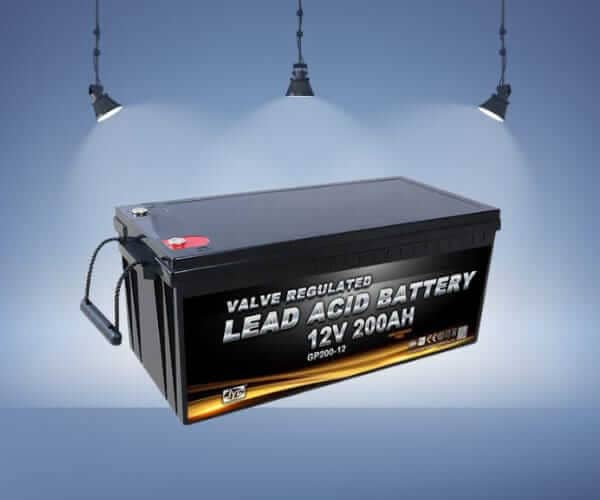
Battery issues are another common problem that can affect the performance of a solar generator. A solar generator uses a battery to store the energy generated by the solar panels during the day, which can then be used to power devices or appliances at night or during times of low sunlight. If the battery is old, damaged, or not functioning properly, it can prevent the solar generator from charging effectively and efficiently.
One of the primary issues with batteries in solar generators is that they can become less effective over time, particularly if they are not properly maintained. As a battery ages, it may not be able to hold a charge as effectively, resulting in a slower or incomplete charge. This can be caused by a variety of factors, including exposure to high temperatures, repeated discharge and recharge cycles, and general wear and tear. In some cases, the battery may need to be replaced entirely in order to restore the solar generator to full functionality.
In addition to age and general wear and tear, battery issues can also be caused by extreme temperatures. If the battery is too cold, it may not be able to charge properly, as the chemical reactions within the battery can slow down in low temperatures. Similarly, if the battery is too hot, it can become damaged or even explode, which can be dangerous. It is important to ensure that the battery is stored and operated within the recommended temperature range in order to prevent these issues from occurring.
To prevent battery issues in your solar generator, it is important to perform regular maintenance checks to ensure that the battery is functioning properly. This can involve checking the battery’s voltage and capacity, inspecting the battery for physical damage, and monitoring the temperature of the battery during use. It is also important to follow the manufacturer’s recommendations for battery storage and usage, including charging and discharging cycles, and to replace the battery as needed to ensure optimal performance. With proper maintenance and care, a solar generator’s battery can provide reliable and efficient energy storage for many years.
5: Inverter issues
Inverters play a crucial role in the functionality of solar generators. They convert the DC (direct current) power generated by the solar panels into AC (alternating current) power, which is usable by most appliances and electronics. However, several issues can arise with inverters that can lead to problems with the charging of your solar generator.
One of the most common issues with inverters is damage caused by extreme temperatures. High temperatures can cause the inverter’s internal components to degrade or fail, which can lead to reduced performance or even complete failure. Similarly, cold temperatures can also cause issues with inverters, especially in areas where there are frequent temperature fluctuations.
Another common issue with inverters is damage caused by power surges or electrical storms. Power surges can occur when there is a sudden increase in electrical voltage, which can cause damage to the inverter’s components. Electrical storms can also cause power surges, which can lead to damage to the inverter or other components of the solar generator.
Inverter issues can also be caused by poor installation or wiring. If the wiring is not installed correctly, it can cause problems with the inverter’s performance or even cause damage to the inverter itself. Similarly, if the inverter is not installed correctly, it may not be able to function properly, leading to issues with charging the solar generator.
Finally, inverters can also fail due to manufacturing defects. Although rare, some inverters may have defects that can cause them to fail prematurely or not function correctly. In these cases, it is important to contact the manufacturer or a professional installer to diagnose and resolve the issue.
Conclusion
Are you tired of being left in the dark when your solar generator fails to power your devices? Worry no more! With the help of this comprehensive guide, you can troubleshoot and fix any issues that may arise, and keep your solar generator functioning at its best.
By following the simple yet effective steps outlined in this article, you’ll be able to diagnose and solve any problems that may occur with your solar generator. Say goodbye to frustrating charging problems and hello to uninterrupted solar power that’s reliable, clean, and sustainable.
With the right tools and a little bit of know-how, you’ll be able to identify and fix any issues with your solar generator quickly and easily. So why wait? Take control of your energy supply today and ensure that you always have access to the power you need, when you need it.
Don’t let a dead solar generator leave you in the dark again. Follow the steps in this guide and enjoy the benefits of uninterrupted solar power, knowing that you’re doing your part to protect the environment while also saving money on your energy bills. Start troubleshooting today and experience the freedom and independence that comes with clean and renewable energy.
FAQs
1. Why isn’t my solar generator charging at all?
Check if the solar panels are properly connected and receiving sunlight. If there’s no sunlight or the panels are shaded, the generator won’t charge.
2. My solar generator is in direct sunlight, but it’s still not charging. What could be the issue?
Ensure that the solar panels are clean and free from debris or dirt. Dirty panels can reduce charging efficiency.
3. I have a solar generator with a battery, and it’s not holding a charge. What’s wrong?
Over time, batteries in solar generators can degrade. If your battery doesn’t hold a charge, it might be time for a replacement.
4. My solar generator charges too slowly. Is this normal?
Solar charging speed can vary based on factors like panel size, sunlight intensity, and battery capacity. Some generators may charge slowly, especially in low light conditions.
5. Why does my solar generator stop charging when it’s cloudy?
Solar generators rely on sunlight to charge. Cloudy or overcast conditions can significantly reduce charging efficiency.
6. Can I use my solar generator while it’s charging?
Some solar generators allow simultaneous use and charging, but this may slow down the charging process. Check your generator’s manual for specifics.
7. I’ve connected my generator to solar panels, but it’s still draining power. What’s happening?
If your generator is actively powering devices, it will use stored energy while charging. This is normal behavior.
8. What should I do if my solar generator doesn’t charge even after troubleshooting?
If you’ve checked all connections, cleaned the panels, and ensured optimal conditions but it still won’t charge, contact the manufacturer or seek professional assistance.
9. Is it possible to charge my solar generator via a wall outlet or a vehicle’s DC outlet?
Some solar generators can be charged via a wall outlet or a vehicle’s DC outlet using an adapter provided by the manufacturer. Check your generator’s compatibility and manual for details.
10. Can extreme temperatures affect solar generator charging?
Yes, extreme cold or hot temperatures can affect battery performance and charging speed. It’s best to operate your solar generator within its specified temperature range.
